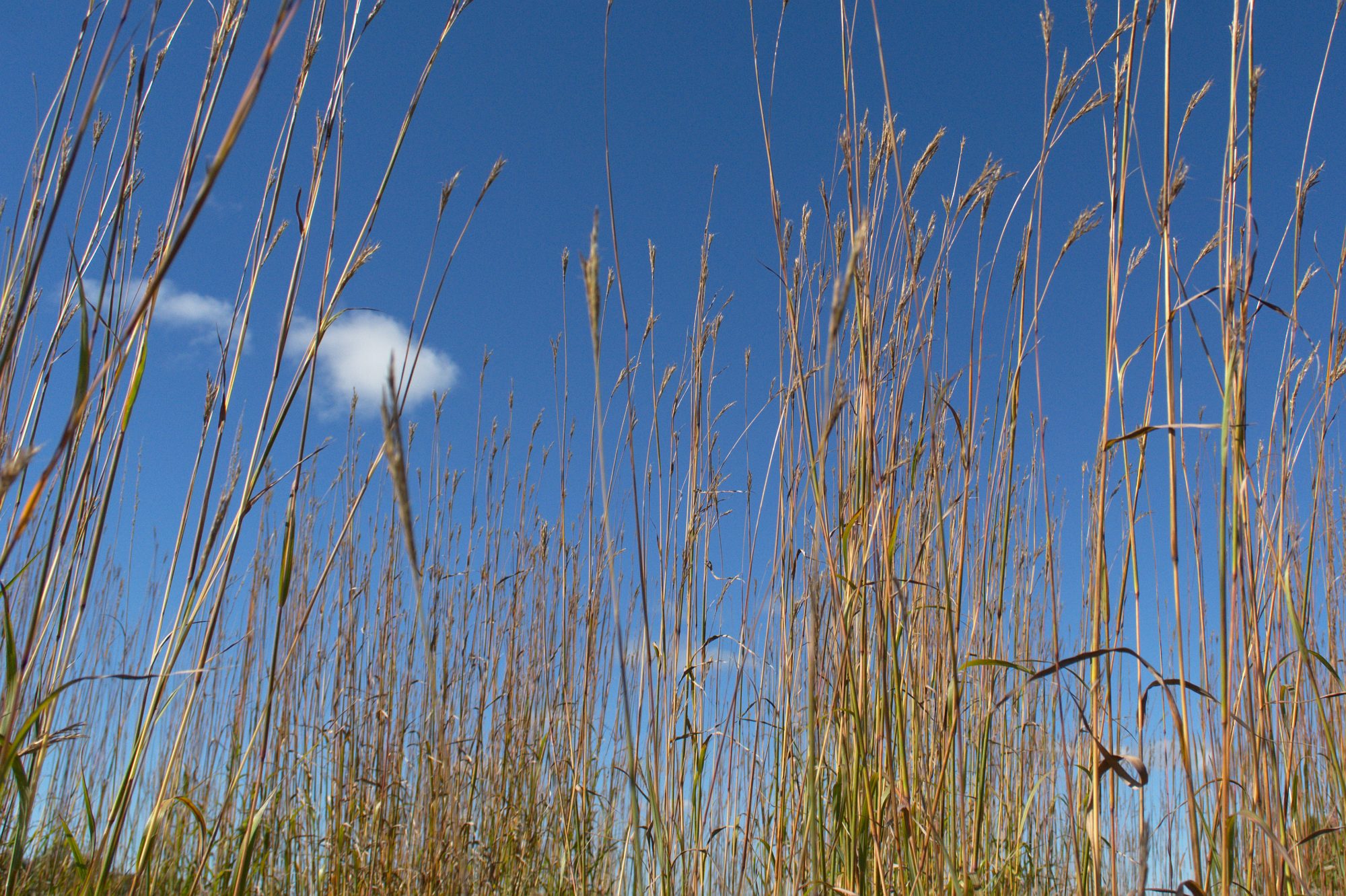It was a perfect day to celebrate the Alderville Black Oak Savanna. With wind rustling strongly across the landscape and warming sunshine illuminating the rich natural colours of the tallgrass habitat visitors at the seventh annual Prairie Day had a wonderful opportunity to experience the magnificent and rare grandeur of the black oak savanna and tallgrass prairie restoration project.
Part of the Rice Lake Plains Joint Initiative, which includes partners like Alderville First Nation, the Nature Conservancy of Canada, Northumberland Land Trust, Northumberland County, the Lower Trent and Ganaraska Conservation Authorities and Ontario Parks, the day showcased and celebrated the work that's been done across the Rice Lake Plains region to restore and rejuvenate the extremely rare oak savanna and tall grasses that were once so prominent in the area.
The family day featured entertainment, children's crafts, story-telling, exhibits, talks and tours of the site deservedly called the "jewel" of the Rice Lake Plains.
"It is such a special place, an incredibly special place," says Janine McLeod, natural heritage co-ordinator at the Alderville First Nation Black Oak Savanna Ecology Centre.
"It kind of slows you down, brings down your blood pressure, brings down your heart rate," McLeod says of walking along trails that take visitors into the fragile grassland ecosystem that once dominated the plains region.
The goal is to restore native species to areas that had been used as farmland and the Rice Lake Joint Initiative, representing 400,000 hectares, has been working toward that goal and Alderville First Nation, with the largest remnant of black oak savanna and tallgrass in central Ontario, has been in the forefront of restoration efforts. The 50-hectare Alderville site features rare plants, grasses, threatened and endangered birds and insects.
"It's nice that you can share little tidbits here and there, that little piece of knowledge about a plant and the way it's made and the way it's adapted to where it's growing," says McLeod, who helps organize educational visits to the centre.
"Prairie Day is really a celebration of the Rice Lake Plains and there are a number of organizations involved in this. The Nature Conservancy is really behind the getting the grants from the Friends of the Greenbelt Foundation."
Grants from the Foundation helped fund Prairie Day as well as a number of outreach initiatives that will happen over the next year, McLeod says.
McLeod says it has been an interesting year at the Black Oak Savanna because "it's been such an odd summer" that has featured "very late warmth, late frost and extended dry spells followed by extended wet spells.
"The plants haven't done as well as we thought but nothing really suffered here. There's a lot of seed out there for tallgrasses and they've been harvested. It's been a really good year."
More people seem to know about the tallgrass initiative and Prairie Day; part of the funding was earmarked for marketing. "It makes a big difference," says McLeod. It is also important that there are events for all ages.
Connecting young people to nature is crucial, says McLeod who adds that too many youth suffered from Nature Deficit Disorder.
Too many children have been taught to be afraid of going outside, to fear the wind, rain, thunder and poisonous plants.
"We try to get them out there. They benefit by being out in nature. We have a really good education program and get students of all grades."
Trent Hills Independent

